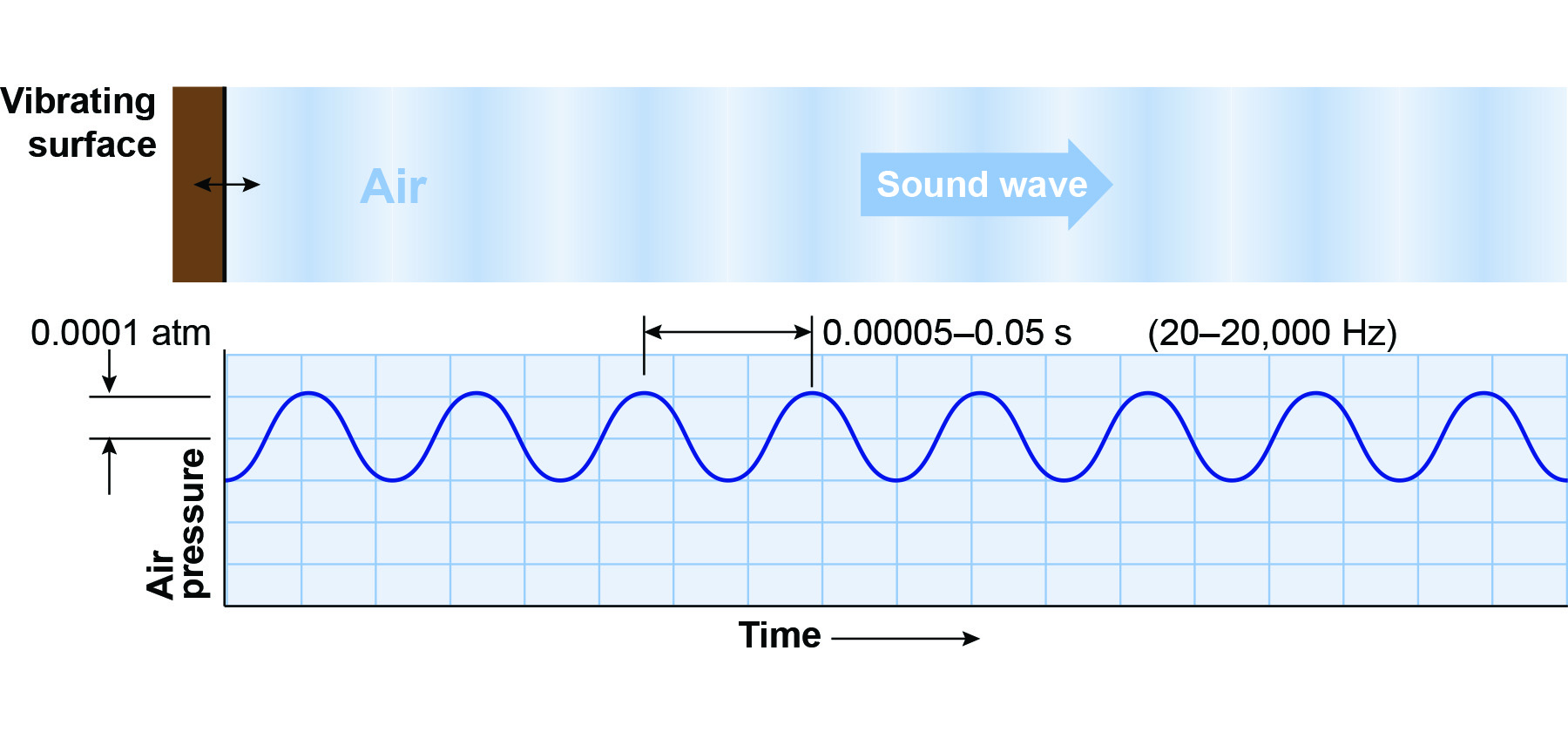What is a Sound Wave in Physics?
In physiology, sound is produced when an object’s vibrations move through a medium until they enter an eardrum. In physics, sound is produced in the form of a pressure wave. When an object vibrates, it causes the surrounding air molecules to vibrate, initiating a chain reaction of sound wave vibrations throughout the medium. While the physiological definition includes a subject’s reception of sound, the physics definition recognizes that sound exists independently of an individual’s reception.
Sound is produced when an object vibrates, creating a pressure wave. This pressure wave causes particles in the surrounding medium (air, water, or solid) to have vibrational motion. As the particles vibrate, they move nearby particles, transmitting the sound further through the medium. The human ear detects sound waves when vibrating air particles vibrate small parts within the ear.
In many ways, sound waves are similar to light waves. They both originate from a definite source, and can be distributed or scattered using various means. Unlike light, sound waves can only travel through a medium, such as air, glass, or metal. This means there’s no sound in space! Sound waves can be categorized as transverse waves, pressure waves, and mechanical waves. To learn more about sound waves and waveforms, explore our in-depth information guide on Sound Waves or visit our blog post, "What Type of Wave is Sound?"







